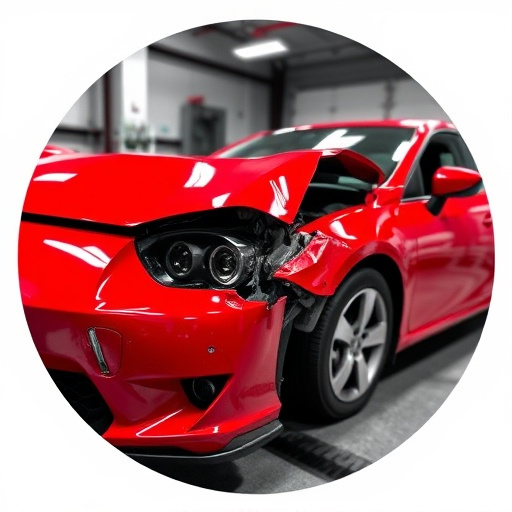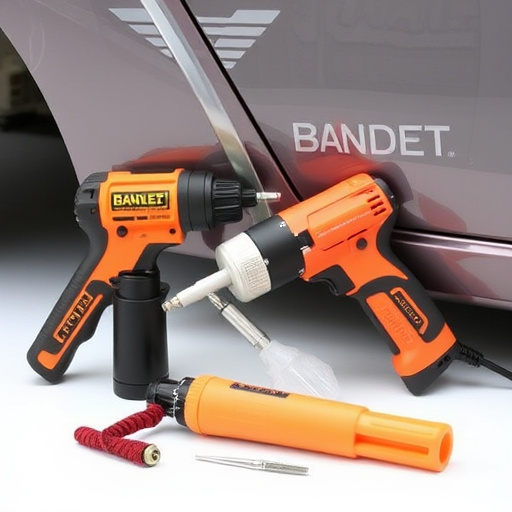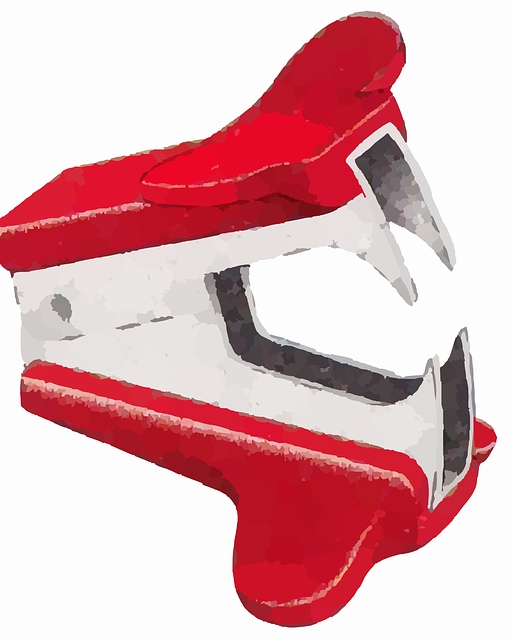Collision repair satisfaction is a crucial metric for automotive service centers, impacting customer experience, trust, and loyalty. Tracking this through feedback analysis allows businesses to enhance services, operational efficiency, and industry reputation, leading to long-term growth by retaining and recommending customers. Technology, including online surveys, real-time reviews, and integrated software solutions, facilitates efficient measurement and analysis of collision repair satisfaction. Data insights from these channels enable targeted improvements in service delivery, personalized interactions, and prompt issue resolution, ultimately boosting customer satisfaction and loyalty.
In today’s digital era, tracking customer satisfaction in collision repair services is more vital than ever. Understanding collision repair satisfaction (CRS) goes beyond mere ratings; it encompasses a holistic view of the customer journey, from initial estimate to final pickup. Leveraging technology for efficient tracking and analysis enables auto body shops to gain valuable insights into CRS, fostering improved processes and enhanced customer experiences. By strategically utilizing data-driven insights, shops can elevate their services, ensuring customer loyalty and positive brand association.
- Understanding Collision Repair Satisfaction: Why It Matters
- Leveraging Technology for Efficient Tracking and Analysis
- Strategies to Enhance Customer Experience Through Data Insights
Understanding Collision Repair Satisfaction: Why It Matters
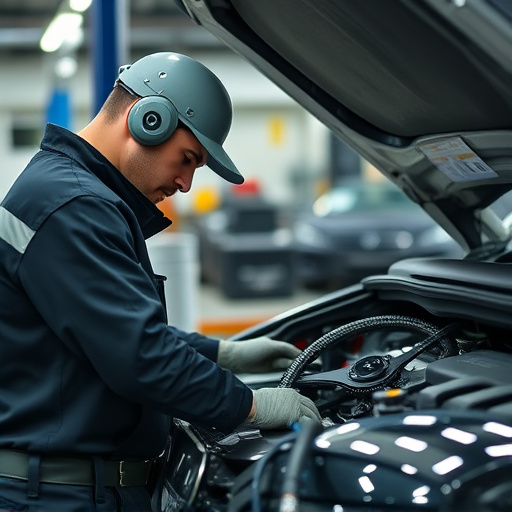
Collision repair satisfaction is a critical metric that reflects customer experience and trust in automotive service centers. Understanding what constitutes satisfactory collision repair goes beyond mere aesthetic restoration; it encompasses a range of factors, from the quality of materials used in auto body painting to efficient turnaround times. Customers who are satisfied with their car collision repair are more likely to become repeat clients and recommend the service center to others, thereby fostering long-term business growth.
In today’s competitive market, where customers have numerous options for vehicle collision repair, tracking satisfaction metrics is essential. By gathering feedback and analyzing trends in collision repair satisfaction, businesses can identify areas for improvement, enhance operational efficiency, and provide even better service. This proactive approach not only boosts customer loyalty but also ensures that auto body painting and other repair services meet high standards, ultimately contributing to a positive reputation in the industry.
Leveraging Technology for Efficient Tracking and Analysis
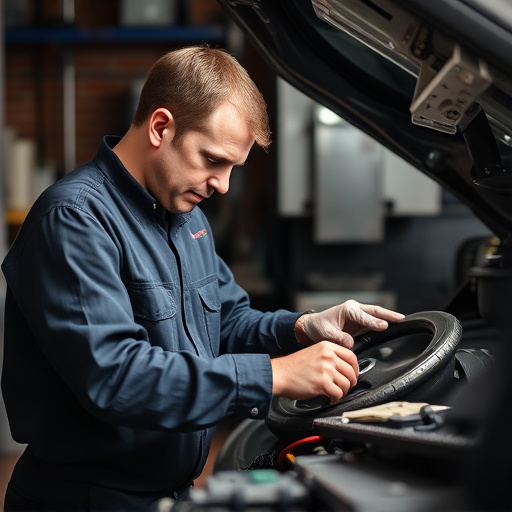
Leveraging technology has dramatically transformed the way we measure and analyze collision repair satisfaction across various industries. Modern digital tools enable efficient tracking of customer feedback through online surveys, real-time reviews, and social media interactions. This data can be swiftly analyzed to identify trends, pinpoint areas for improvement, and gain valuable insights into client experiences with car collision repair services.
By integrating sophisticated software solutions, automotive businesses can seamlessly track key performance indicators (KPIs) related to car body repair, vehicle collision repair, and overall customer satisfaction. These platforms facilitate comparative analysis, allowing managers to assess their shop’s performance against industry benchmarks and rival competitors. This strategic approach not only enhances transparency but also empowers stakeholders to make data-driven decisions aimed at optimizing collision repair processes and ultimately improving client satisfaction in the car collision repair sector.
Strategies to Enhance Customer Experience Through Data Insights

In today’s digital era, harnessing data insights offers a powerful strategy to enhance the customer experience in collision repair services. By collecting and analyzing feedback through online reviews, surveys, and rating systems, auto detailing businesses can uncover valuable insights into customer preferences and pain points. Identifying trends in collision repair satisfaction metrics allows for targeted improvements in service delivery. For instance, understanding common complaints about lengthy wait times or inconsistent quality can drive process optimization and staff training initiatives.
Leveraging data analytics enables vehicle repair centers to personalize interactions with customers. By segmenting clients based on their feedback and preferences, repair shops can offer tailored recommendations for auto detailing services. This level of customization not only boosts customer satisfaction but also fosters loyalty. Moreover, real-time tracking of collision repair satisfaction metrics facilitates proactive issue resolution, ensuring that any concerns are promptly addressed, thereby creating a positive impression of the car collision repair service.
Technology plays a pivotal role in enhancing collision repair satisfaction by providing efficient tracking and analysis tools. By leveraging digital solutions, repair shops can gain valuable insights into customer experiences, identify areas for improvement, and make data-driven decisions. This not only elevates customer satisfaction but also fosters long-term relationships through personalized services, ultimately driving business growth and success in the competitive automotive industry.
